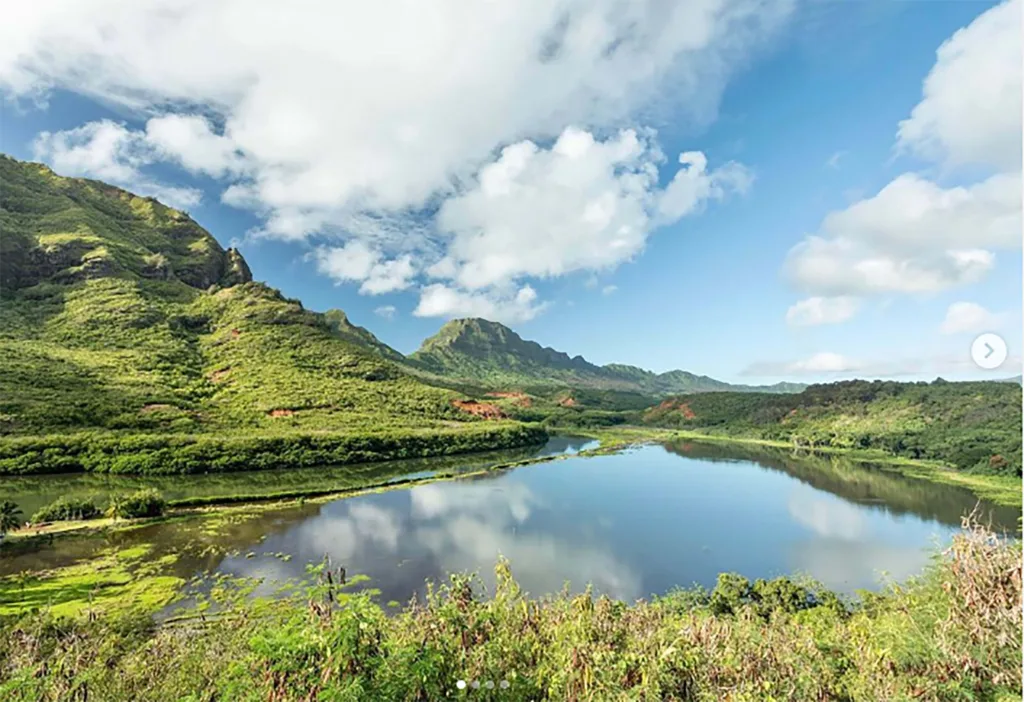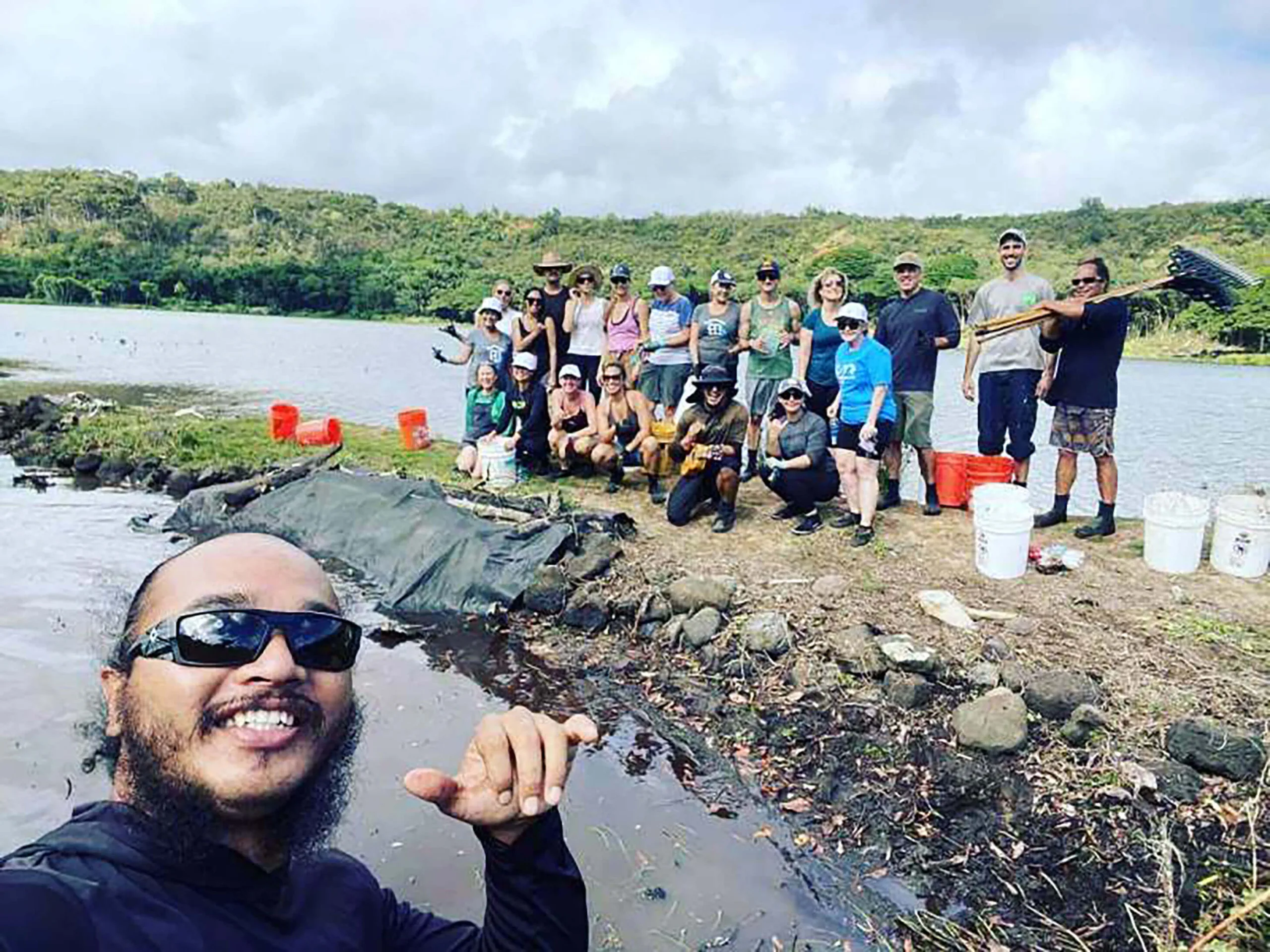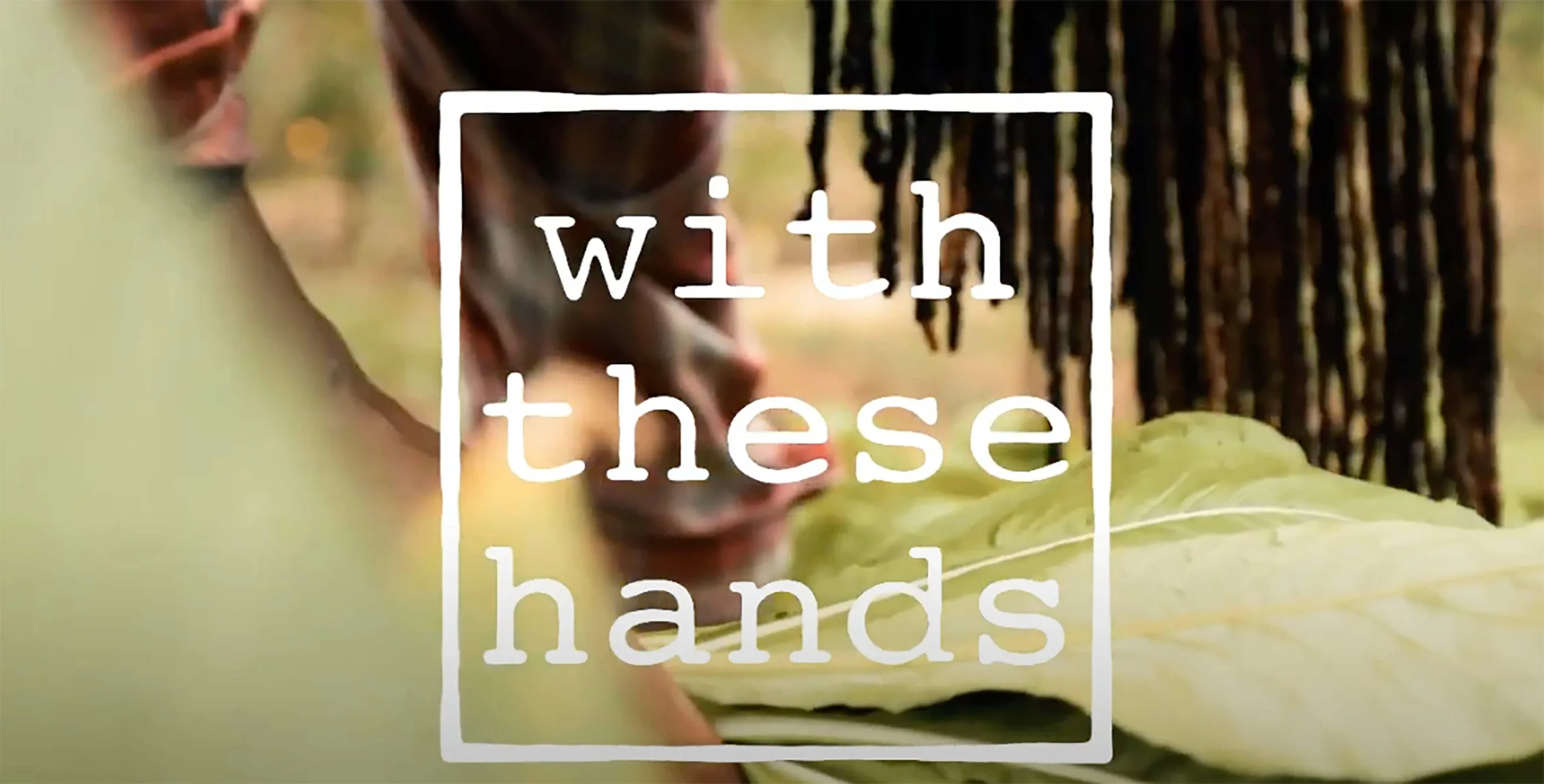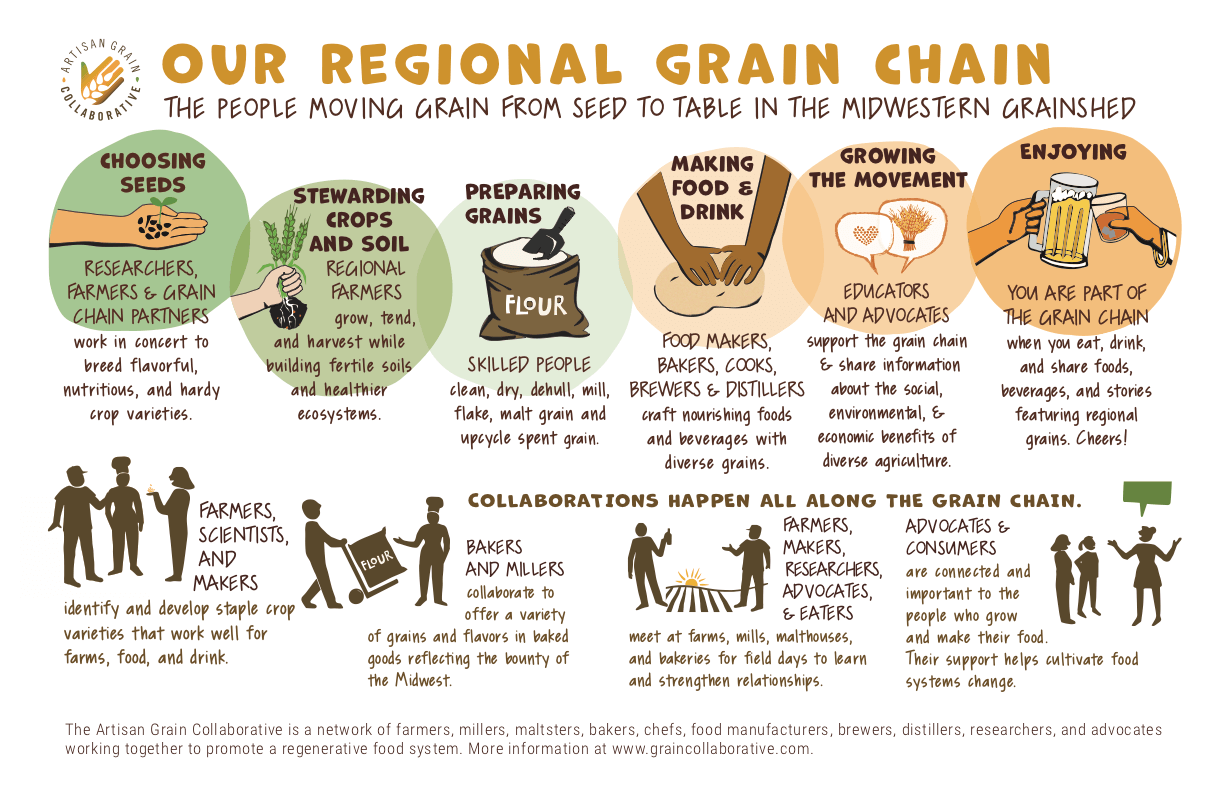Spotlights Mālama Hulē’ia
Master Plan for Communications
…restoring these kinds of systems a little more than just a fishpond…Learn the system, and from the system learn our culture, and from the culture learn about politics and slowly get people to be more confident and relearning history that hasn’t been taught to us in school.
Project Objectives
- Develop a long-range master plan with deep community involvement
- Build a solid foundation among the staff and board of directors by defining short and long term goals
- Initiate a community process to guide the work of stewarding Alakoko fishpond and the surrounding property

Reconstructing the rock wall with our methods is about protecting native fish populations and ecological resilience. To us it is also about our relationship to the land and spiritual connection to our ancestors who have built and maintained this wall for at least 800 years.
Impact
With support from FFCF, Mālama Hulē‘ia moved forward with a community planning process to inform a master plan for the 40-acre Alakoko Fishpond. During the time and work, Mālama Hulē‘ia served as a host to the annual fishpond conference that brings together 34 fishpond keepers for skillshares, building connections and increasing collaboration. They received earned media through Prism Reports which highlighted the critical narrative of Kanaka in Hawai’i- the level of food insecurity and devastation to land and culture colonization and continued forced tourism has wrought. In this time, Mālama Hulē‘ia also received their much awaited permits to allow the restoration of the rockwall of the fishpond. This is a deeply significant event that marks a significant shift in how the land is stewared. After years of devastation to native species as a result of the invasive foreign Red Mangrove that have prevented fish from swimming into the loko i‘a and disrupted the pH balance of the water, a robust and self-sustaining food system is being re-established. Mālama Hulē‘ia will be recording this historical event to further share this important story of success.




